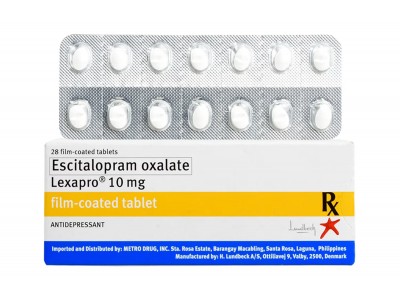Switching from Paxil (paroxetine) to Lexapro (escitalopram) can vary in its effects from person to person. Both medications are selective serotonin reuptake inhibitors (SSRIs) used to treat depression, anxiety disorders, and other conditions, but they have different chemical structures and may affect individuals differently. Here are some common reactions or considerations when making this switch:
Withdrawal Symptoms: If Paxil is stopped abruptly or tapered too quickly, withdrawal symptoms may occur. These can include flu-like symptoms (such as headache, dizziness, nausea), anxiety, irritability, and sleep disturbances. Switching to Lexapro under the guidance of a healthcare provider typically involves a gradual tapering of Paxil while starting Lexapro to minimize withdrawal effects.
Adjustment Period: When starting Lexapro after discontinuing Paxil, some individuals may experience an adjustment period as the body adapts to the new medication. This adjustment period can involve temporary side effects such as nausea, headache, insomnia, or changes in appetite. These side effects are usually mild and tend to diminish over time as the body adjusts to the new medication.
Efficacy and Tolerability: While both Paxil and Lexapro are SSRIs, individual response to these medications can vary. Some people may find that Lexapro is more effective or better tolerated than Paxil, leading to improvements in mood, anxiety levels, or overall well-being. Conversely, others may find that Paxil worked better for them or that Lexapro causes different side effects.
Side Effects: Each medication can have its own set of side effects. For example, Paxil is associated with more sedative effects and weight gain compared to Lexapro, which tends to be more activating and may cause fewer sexual side effects. Switching medications may result in changes in side effects, depending on individual sensitivity and tolerance.
Consultation with Healthcare Provider: It's crucial to switch medications under the guidance of a healthcare provider who can monitor your response, adjust dosages as needed, and provide support through the transition process. They can help manage any side effects or withdrawal symptoms and ensure that the switch is done safely and effectively.
In summary, switching from Paxil to Lexapro can involve a period of adjustment as the body adapts to the new medication. It's important to follow your healthcare provider's instructions carefully, taper Paxil gradually if needed, and communicate any concerns or changes in symptoms during the transition. This approach helps optimize the benefits of treatment while minimizing potential discomfort or complications.


